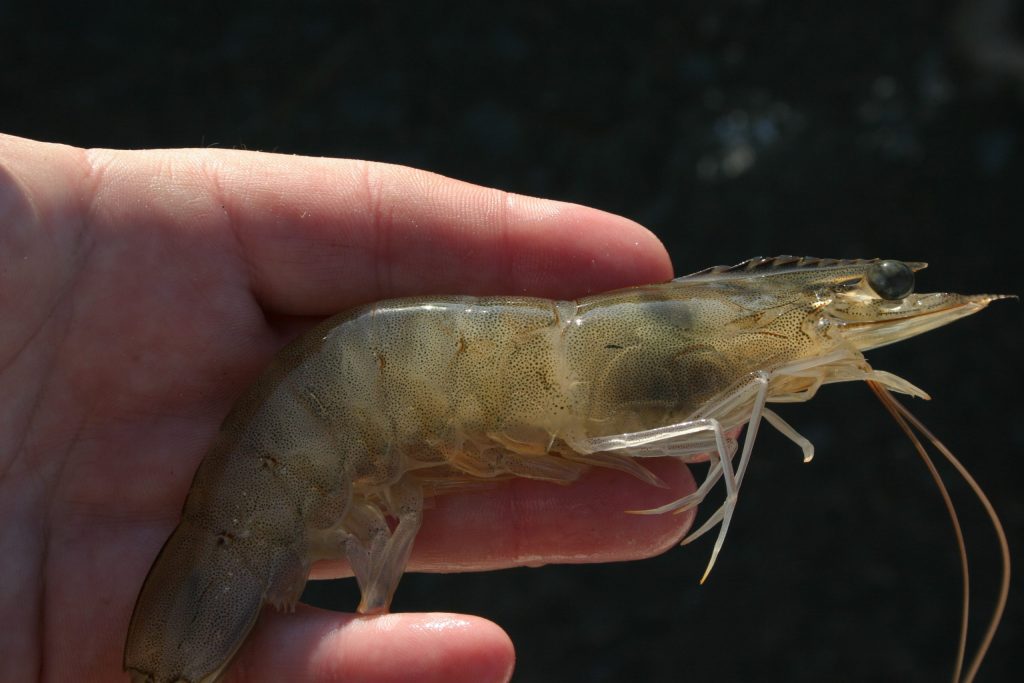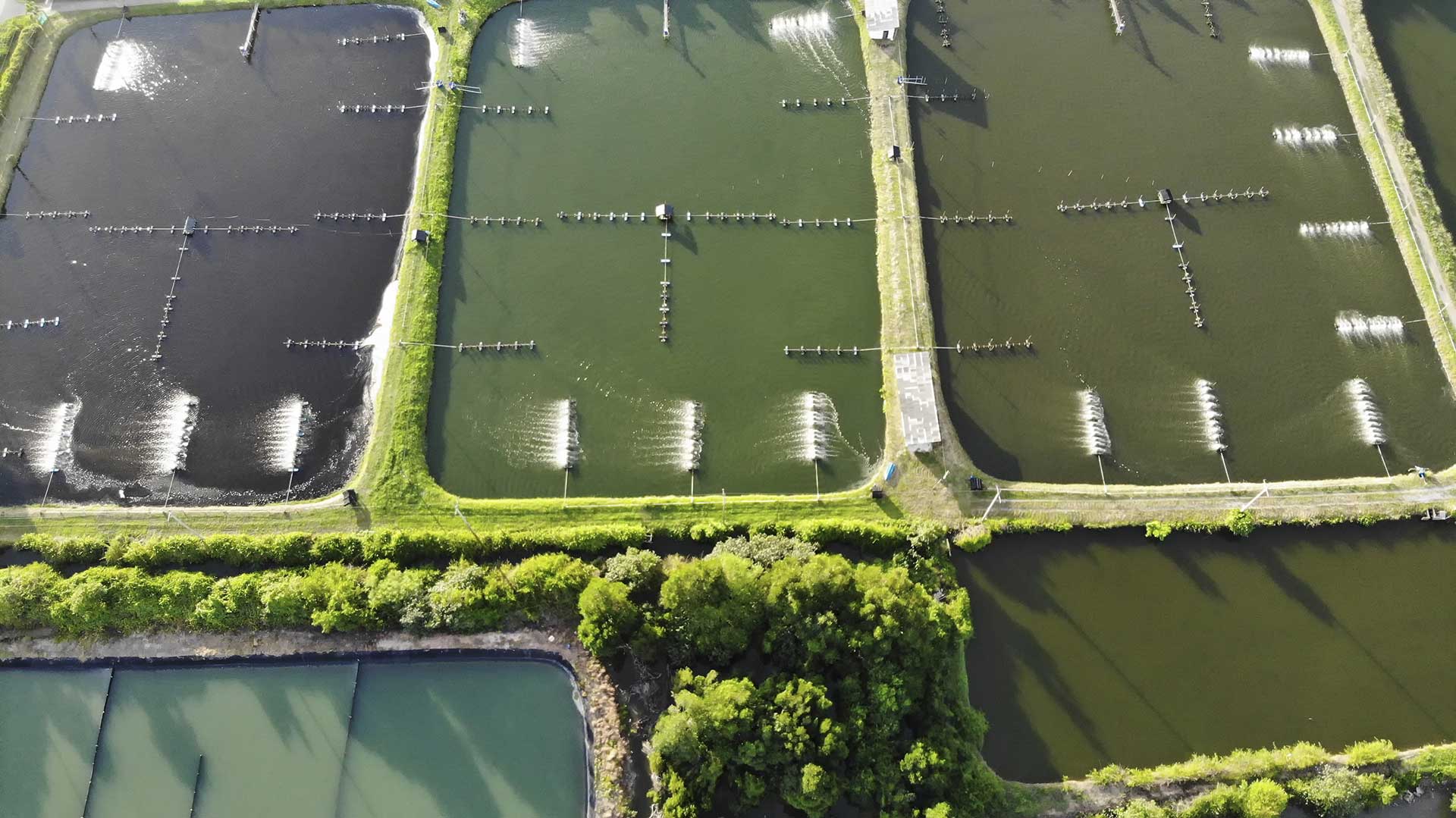Hey there seafood lovers! I’ve been researching extensively about farm-raised shrimp lately and I gotta tell ya – there’s a lot more to these little crustaceans than meets the eye. As someone who absolutely loves cooking with shrimp I wanted to share everything I’ve learned about farm-raised shrimp, from how they’re produced to what you should look out for when buying them.
What Exactly is Farm-Raised Shrimp?
Farm-raised shrimp are shrimp that are specifically cultivated in controlled environments like ponds tanks or raceways, rather than being caught in the wild. These aquaculture facilities carefully manage conditions to optimize shrimp growth and health.
Quick Facts About Farm-Raised Shrimp:
- Makes up about 55% of global shrimp supply
- Mostly produced in Asian countries (China, India, Thailand, Vietnam, Indonesia)
- Americans consume roughly 1.3 billion pounds of shrimp annually
- Farm-raised shrimp is typically less expensive than wild-caught
How Are Farm-Raised Shrimp Produced?
The farming process involves several key steps:
-
Controlled Environment Setup
- Specially designed ponds or tanks
- Carefully managed water conditions
- Monitored temperature and oxygen levels
-
Feeding Process
- Commercial feed pellets
- Usually contains fishmeal
- Supplemented with nutrients
-
Growth Monitoring
- Regular size checks
- Disease prevention
- Water quality management
Pros of Farm-Raised Shrimp
-
Availability & Price
- Available year-round
- More affordable than wild-caught
- Consistent supply
-
Consistency
- Uniform size and appearance
- Predictable taste and texture
- Reliable product for restaurants
-
Economic Benefits
- Provides jobs in coastal communities
- Helps meet growing seafood demand
- More accessible to average consumers
Concerns and Challenges
Environmental Impact
- Mangrove forest destruction
- Potential water pollution
- Ecosystem disruption
Health Considerations
- Use of antibiotics in some farms
- Lower omega-3 content compared to wild shrimp
- Possible chemical residues
Quality Issues
- Can have less distinct flavor
- Sometimes slightly different texture
- May contain additives
How to Choose Good Farm-Raised Shrimp
Here’s what I always look for when buying farm-raised shrimp:
Certification Labels
- Look for ASC certification
- BAP (Best Aquaculture Practices) seal
- Domestic certification standards
Physical Characteristics
- Firm texture
- No strong ammonia smell
- Clear, not yellow, flesh
Source Considerations
- U.S. farmed when possible
- Reputable suppliers
- Transparent farming practices
Tips for Buying and Preparing Farm-Raised Shrimp
-
Shopping Tips
- Buy frozen rather than thawed
- Check for certification labels
- Look for transparency in sourcing
-
Storage
- Keep frozen until ready to use
- Use within 24 hours if thawed
- Store on ice in refrigerator
-
Preparation
- Always devein properly
- Cook thoroughly (145°F internal temp)
- Don’t overcook to prevent toughness
Making Sustainable Choices
We can all make better choices when it comes to farm-raised shrimp:
- Choose domestic producers when possible
- Look for sustainable certifications
- Support farms using best practices
- Limit consumption to occasional treats
- Mix up your seafood choices
The Bottom Line
Farm-raised shrimp isn’t perfect, but it ain’t all bad either! As long as you’re choosy about your sources and pay attention to quality indicators, it can be a perfectly fine addition to your diet. Just remember to buy from responsible producers and prepare it properly.
Quick Shopping Checklist:
- ✓ Check for certifications
- ✓ Look for domestic sources
- ✓ Verify freshness
- ✓ Compare prices
- ✓ Read labels carefully
Y’know what? At the end of the day, farm-raised shrimp is here to stay, and knowing how to choose the good stuff is super important. Whether you’re whipping up some shrimp scampi or throwing together a quick stir-fry, just make sure you’re getting your shrimp from responsible sources, and you’ll be good to go!
Remember: Moderation is key – enjoy your farm-raised shrimp as part of a varied seafood diet!
Would you like me to explain anything in more detail? Just drop me a question in the comments below!

How catching shrimp impacts ocean ecosystems due to bycatch
Some shoppers might opt for that bag of wild shrimp over others based on the mistaken assumption that wild-caught seafood is always healthier and more sustainable than farmed options. But there are many issues with wild fisheries. When it comes to shrimp, overfishing is not a primary problem, but effects on other species in the ocean is. “The classic issue with shrimp is bycatch,” Bigelow explains. That means that as boats use their trawl nets to catch shrimp, they also accidentally catch other fish and creatures. Most of that “bycatch” ends up dead in the process, and is then thrown back into the sea, affecting wild fish populations and the overall ecosystem.
In recent years, bycatch has been reduced, especially in the Gulf of Mexico, thanks to net upgrades called bycatch reduction devices (BRDs) and turtle excluder devices (TEDs). Other fisheries have made innovative changes. Oregon’s pink shrimp fishery, for example, was catching a lot of a small silver fish called smelt, and it began attaching green LED lights to trawls. “They did comparison tows with and without the lights…and the results were dramatic. They had almost zero retention of those threatened species,” said Dan Averill, senior fisheries manager at the Marine Stewardship Council (MSC). “Fast forward several years and that particular management measure became part of the law within the state of Oregon.”
Overall, however, those improvements have not nearly eliminated bycatch in the industry. “Even in a best case scenario, there are still a lot of other creatures getting killed for every pound of shrimp. “I think in the best-case bycatch scenarios, you’re talking about at least two-to-one, and that’s pretty high,” said Paul Greenberg, author of several books on seafood including American Catch, a third of which is dedicated to investigating shrimp fisheries and farms. “In the worst shrimp fisheries, it’s five to one or 10 to one.” One 2014 report calculated a discard rate for shrimp trawls in the Gulf at 64 percent, and those fisheries have much stricter management protocols than others around the world.

Where is your shrimp from?
Over 90 percent of the shrimp eaten in the United States is imported, and the problems start with the complicated global supply chain. “It’s very difficult to know where your shrimp is coming from,” said Ryan Bigelow, a senior project manager for Monterey Bay Aquarium’s Seafood Watch initiative. Most of it comes from Southeast Asian countries like Indonesia, India, Thailand and Vietnam, Bigelow explained, where environmentally destructive practices are common.
Complicated, long supply chains make it difficult to track fishery management, farm methods, and labor practices. They can also result in excess greenhouse gases being emitted as your shrimp travels around the world. For example, a bag of wild-caught Argentine red shrimp for sale at Giant in Maryland was labeled as a product of Argentina and processed in Thailand — meaning it had traveled, at a minimum, from South America to Asia to North America.
How America’s Biggest Indoor Shrimp Farm Sells 2 Million Shrimp Every Year — Dan Does
FAQ
Is farm-raised shrimp ok to eat?
Farm-raised shrimp can be safe to eat but there are reasons to pause before taking a bite of the pink and juicy crustacean that you buy from the supermarket or at a restaurant. Consumers often fear that farmed shrimp contain fertilizers, pesticides and antibiotics.
What is the difference between farm-raised and wild shrimp?
Wild-caught shrimp feeds on plankton and small marine creatures, which gives it a unique taste and texture that is difficult to replicate in farmed shrimp. Additionally, wild-caught shrimp is often considered to be of higher quality due to its natural habitat and lack of exposure to antibiotics and other chemicals.
Do restaurants use farm-raised shrimp?
Experts say more than 90% of the shrimp people eat is actually farm-raised overseas. However, you may not know it by the way some restaurants advertise their seafood or from what you are told by servers.
Is farm-raised shrimp from Ecuador safe?
Whiteleg shrimp farmed in Ecuador in semi-intensive ponds is rated yellow. Even though chemical use is regulated, more robust data are needed to better understand the amount and frequency of antibiotics use, particularly for the drugs classified as highly important to human health.
